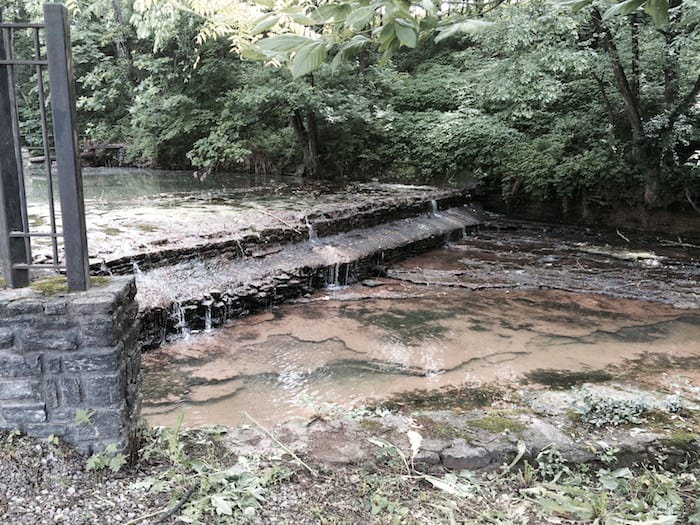Proofing is an important step in distillation. Most whiskies are proofed, or diluted, twice: once before they enter the barrel, and again after the barrels are emptied. By law, American whiskey must enter the barrel at or below 125 proof, but it can be distilled to 160 proof. The first proofing ensures that the young whiskey is below the legal threshold for barrel entry strength.
The second proofing takes place before bottling. When whiskey is nearing maturity, distillers make the decision whether to proof the whiskey down to a lower strength – and, if they do decide to proof, they must choose a water source and a proofing strategy.

Water quality is critical to the flavor of the finished whiskey. Kentucky and other parts of the American South are famous for limestone water with high concentrations of dissolved calcium, a result of the older Appalachian landscape. Other watersheds, such as those in New England and the Pacific Northwest, have much softer water with fewer dissolved minerals.
How the water is added is also important. Some distillers add water very gradually, giving the spirit time to rest between additions. This is believed to prevent saponification, where the water brings out fats or oils from suspension in the distillate, which can give the whiskey a soapy taste.
Another reason is that when water is added to the spirit, new esters can be created or destroyed. By adding water gradually, some distillers think a more integrated, harmonious flavor can be achieved. Finally, once the whiskey is proofed down to the chosen bottling strength, most distilleries let the bottle rest to integrate any oxygen in the bottle headspace, which can change the taste of the proofed distillate over time.
Not all whiskeys are proofed after aging; barrel-strength whiskey has become much more popular in recent years, with some bottlings hitting an eye-popping 60% ABV or higher. While consumers may gravitate towards the sky-high proof of barrel-strength whiskey, most benefit from a little after-market proofing in the glass in the form of a few drops of water or an ice cube.



